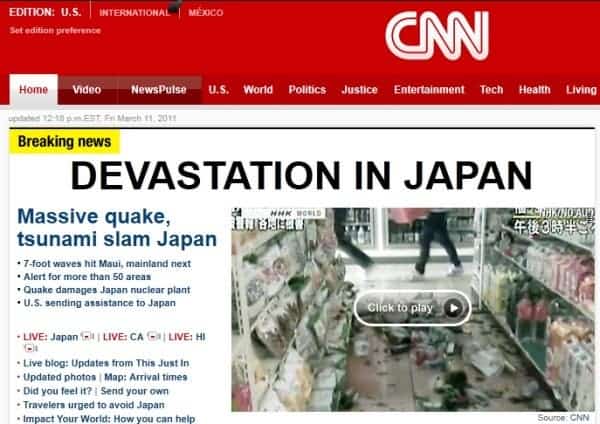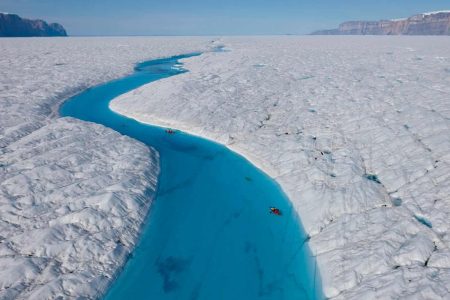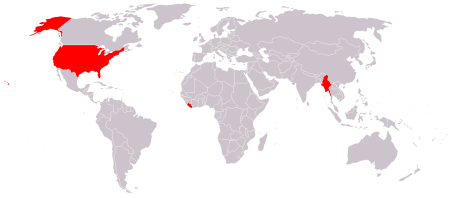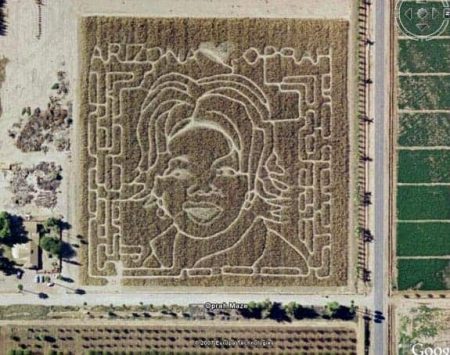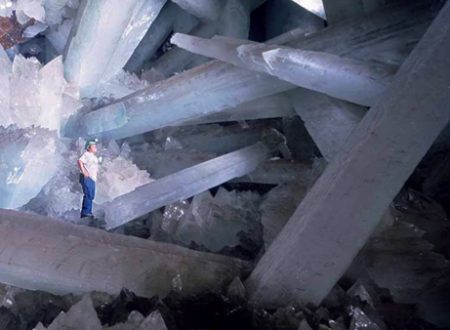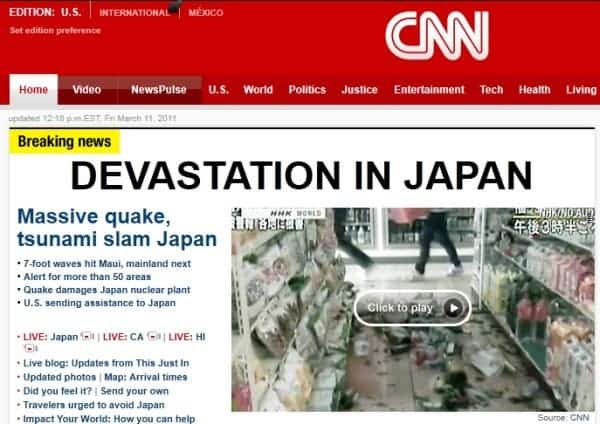
In the wake of Japan’s most devastating recorded earthquake to date, the nation of the rising sun is still left in shock. Hundreds were killed, many more left homeless, countless financial damage and entire cities left with electricity – it might even get a heck of a lot worse. Another big issue is the telecom failure which makes phone communication practically impossible – this is when the people turn to the internet.
In Tokyo alone, twitter reports that 1,200 minutes are been sent per minute, providing an insightful overview towards the escalation of the event. On facebook, you can imagine things are more intense, but due to its private nature it provides little to no insights. Ushahidi built a database to help those offering aid connect to those in need.
Maps:
Within a few hours after the calamity, Google immediately launched applications that try to direct, connect and help people near the disaster zone and their loved ones overseas as well. The first useful app is a special Google Maps crisis report that has exact positions of affected locations, shelters in Tokyo, the earthquake’s epicenter and more. The Google owned YouTube has a channel up called CitizenTube, where you can watch raw footage of the earthquake and tsunami in Japan. Also, Google launched Person Finder— a tool that allows users to both report a missing person as well as enter any information they have on a missing person. It displays in English and Japanese and at moment I’m writing this, it has more than 58,000 records in its database. On the app you can either specify whether you’re looking for someone or post information about a missing person. A lot of worried family members in the states for example used this get in contact with loved ones based in Japan after seeing they’re unreachable on the phone.
On Wikipedia, a group of contributors opened a page detailing important information relating to the Japan earthquake. Twelve hours since the earthquake hit, that page has been edited more than 500 times and is rife with information, including other affected areas and international response.
Ten years ago, this couldn’t have been possible, but now with the help of the internet’s social media not only can people can get informed, they can also help and be helped through it. The internet never ceases to amaze me.





